Past and Present: The Empire Rollerdrome
A look at Brooklyn, then and now. The dull roar of thousands of individual hard rubber wheels moving across a wooden floor is unmistakable. It’s the sound of a roller skating rink, once a common sound all over the country. Roller skating has been popular in the US and Europe since the 1860s. A New…


A look at Brooklyn, then and now.
The dull roar of thousands of individual hard rubber wheels moving across a wooden floor is unmistakable. It’s the sound of a roller skating rink, once a common sound all over the country. Roller skating has been popular in the US and Europe since the 1860s. A New Yorker named James Leonard Plimpton invented the prototype of the modern quad, or four-wheel skate, and opened the first modern roller rink at his furniture store in Manhattan, in 1866. The modern quad skate, with a toe stop and ball bearings, has been in production since around 1898.
The Empire Rollerdrome opened on the Prospect Lefferts Gardens side of Empire Boulevard, which was more commonly known as just Flatbush, in 1941. World famous Ebbets Field was just across the street, and the building that became the rink was a large one story garage building that had been used for parking. The business was owned by the Swanson family, who fortuitously, also owned a flooring business.
They converted the garage into a rink by simply covering walls with paneling and the floor with a state-of-the-art maple floor. Their early advertising always touted the Empire as “home of the miracle maple.” They added some bathrooms, a lounge area, skate rental area and fenced off the majority of the space for skating. They purchased the speaker system from the 1939 World’s Fair, and installed it in the space, and they were, pardon the pun, ready to roll.
Roller skating was a fun recreation for all ages. For many it was just the thrill of being able to go around the circle without falling on your butt, but it didn’t take long for real skill to take over, with skaters imitating ice skaters, with fancy dance moves and couples skating. The early rinks had organists who played popular and classical tunes on electric organs. Like the organists across the street at Ebbets Field, these talented musicians could play anything from boogie-woogie, to Sinatra, waltzes or polkas. There was something for everyone.
In the 1950s, the Empire Rollerdrome was part of a city-wide circuit of rinks where people could go for lessons, competitions and recreational skating. There were 28 rinks participating in the circuit, and competitions between boroughs and individual rinks kept patrons coming back. By 1956, the rink belonged to two brothers, Henry and Hector Abrami. They introduced other sports to the space; boxing, miniature golf, and even bowling, but the roller rink was king. Empire hosted the first open New York State Roller Skating Championship in 1957.
During the 1960s, roller dance was even more popular. The Empire was famous for signature styles that originated there, including the “Brooklyn Bounce,” aka the “Wobbly Duck.” One of the country’s most famous skaters, Bill Butler, made the Empire his home. He practiced there, and taught classes. People came from all across the country to learn from him and watch his moves. He was the precursor of the biggest roller skating craze ever – roller disco.
During the 1970s, the Empire Rollerdrome was renamed “Empire Roller Disco.” It was one of the first rinks to popularize this new music craze and apply it to skating. They were the first rink to replace the organist with a live DJ. For over 15 years, that DJ was the world famous “Big Bob” Clayton. In 1980, they put in a new state of the art 20,000 watt stereo system, widely regards as the best sound system of any rink in the entire country. They also installed a huge disco lighting system.
The Empire became the heart of the roller disco craze. The clientele had changed as well, from older couples skating waltzes to young black, Latino and Caribbean kids busting a move on the floor. The Empire caught the attention of people in the music and entertainment business. Movies shot scenes there, and music videos were filmed there. Cher loved the rink so much she hosted parties here, and took skating lessons from Bill Butler. She helped issue in the California disco look the rink developed, and gave the rink the signature plastic California palm trees.
Roller disco was popular with everyone, and the Empire got a reputation as being a place where stars were born. It was also a place where you could get run over if you weren’t careful. The place was predominantly patronized by an African American clientele by the end of the 80s, with some of the best and most flamboyant skaters being black gay men.
The rink had skate guards, expert skaters who looked out for newbies struggling to just get around the ring, and warned off show-offs and posers who had no regard for others. They came out to pick up the fallen and get them back up or out. The rink had all kinds of activities during the skating times, such as a men’s only, or children’s only skate, interspersed in the general skate. They still had competitions and contents and exhibitions. It was still the coolest place in town. Unfortunately, a small element had to mess it up for everyone.
By the 1990s, the urban violence caused by drug and turf wars that had made dance halls and clubs dangerous in the black, Latino and Caribbean communities, had spread to the rinks. Most of the city’s roller rinks closed. In 1998, the 30,000 square foot rink closed for two years, partially because of Gloria McCarthy’s illness. She was Henry Abrami’s daughter and the owner of the rink. In 2000, the rink was re-opened with a new owner, United Skates of America. They advertised that the rink would once again be a family oriented place.
By 2007, the Empire was among the last of the city’s large roller rinks. Early that year, in January, an incident at the rink had resulted in four people getting shot. That was the last straw. As popular as the rink still was with kids and long-time serious skaters, the decision was made to close the rink. The other remaining rinks, the Skate Key in the Bronx and the Roxy in Manhattan, closed their doors for good, as well. For a month, the Empire was the last remaining rink in New York City. And then, after the last group skate, on an April night in 2007, DJ Big Bob turned off the stereo forever.
The Empire Roller Disco was torn down and a gazillion square foot behemoth Stop and Store self-storage facility rose in its place, 86,000 square feet of cubicles to store the stuff we really don’t need, but can’t seem to part with. I bet there are more than a few pairs of roller skates among the plastic toys and Grandma’s furniture. I have friends who still talk about the Empire. GMAP
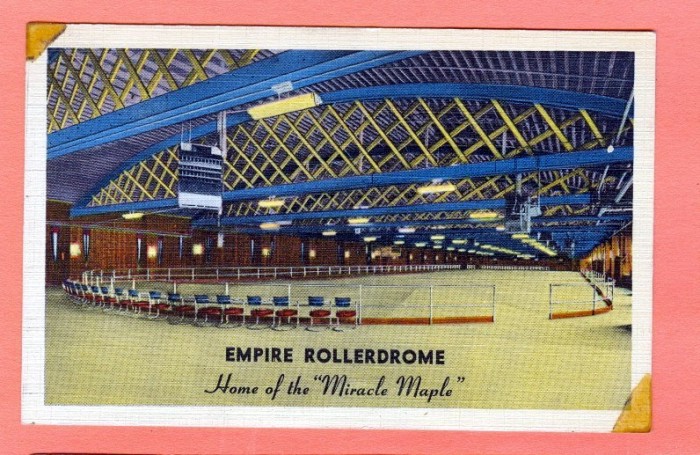
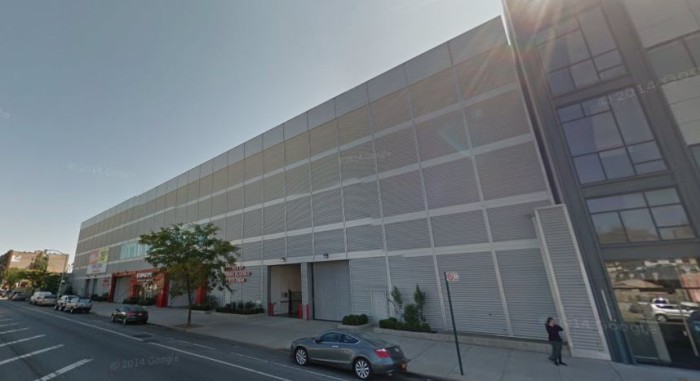
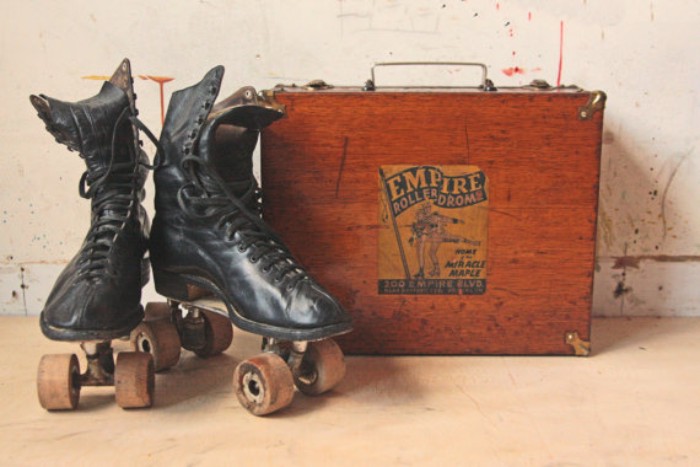
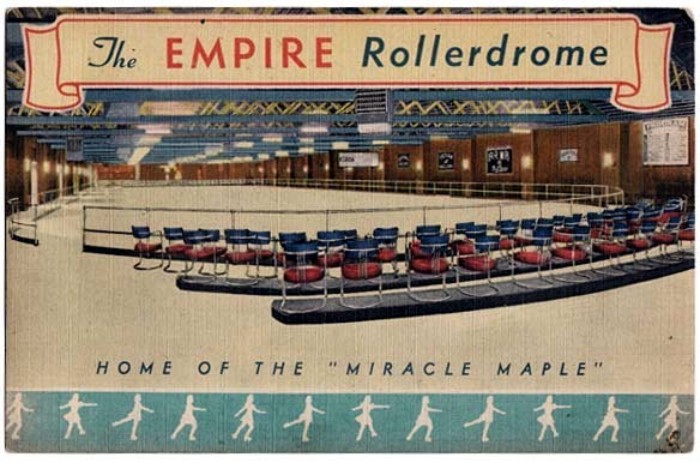
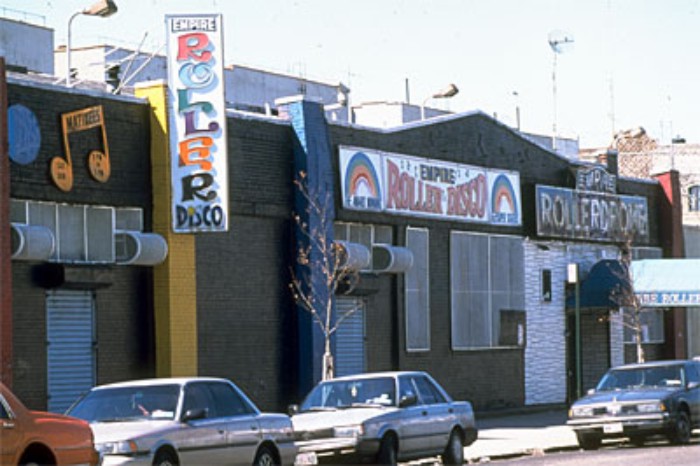
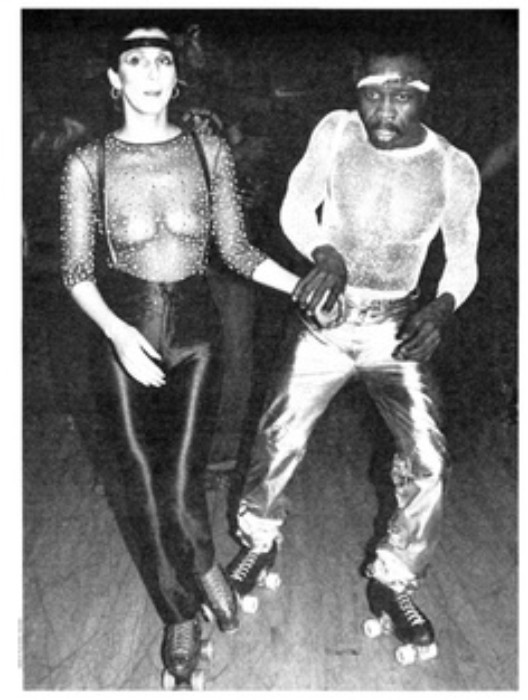

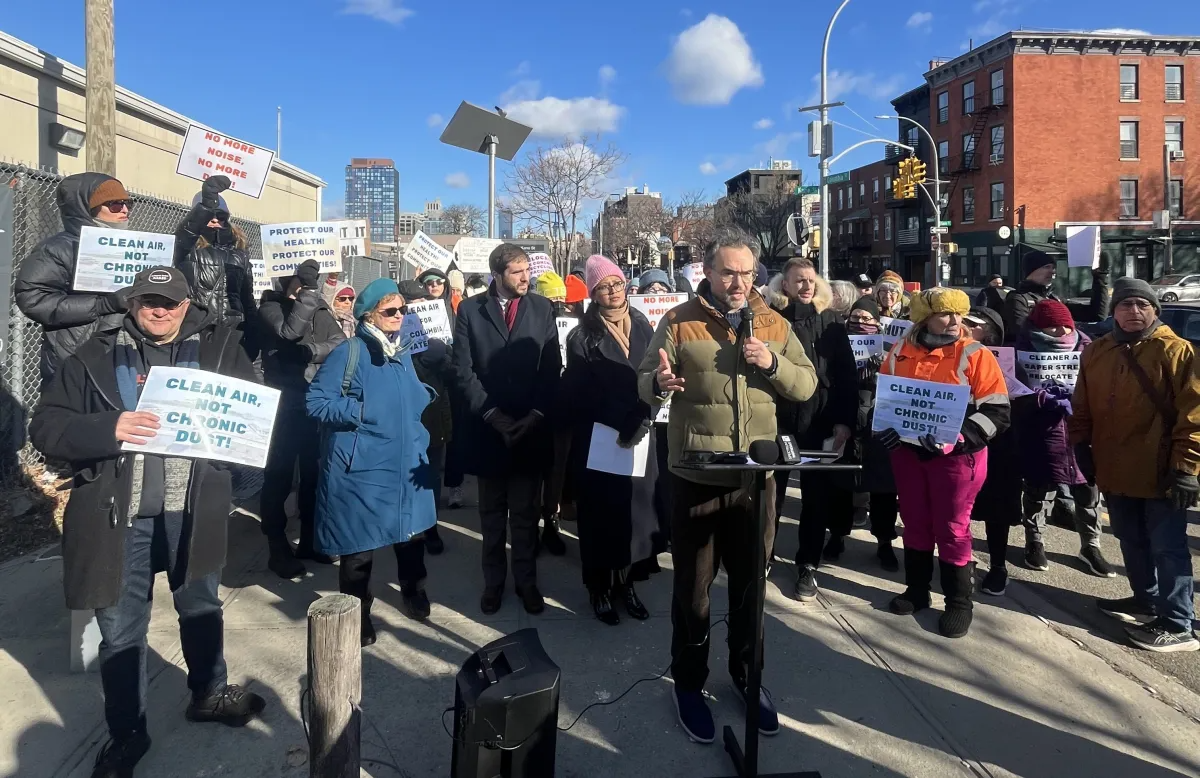
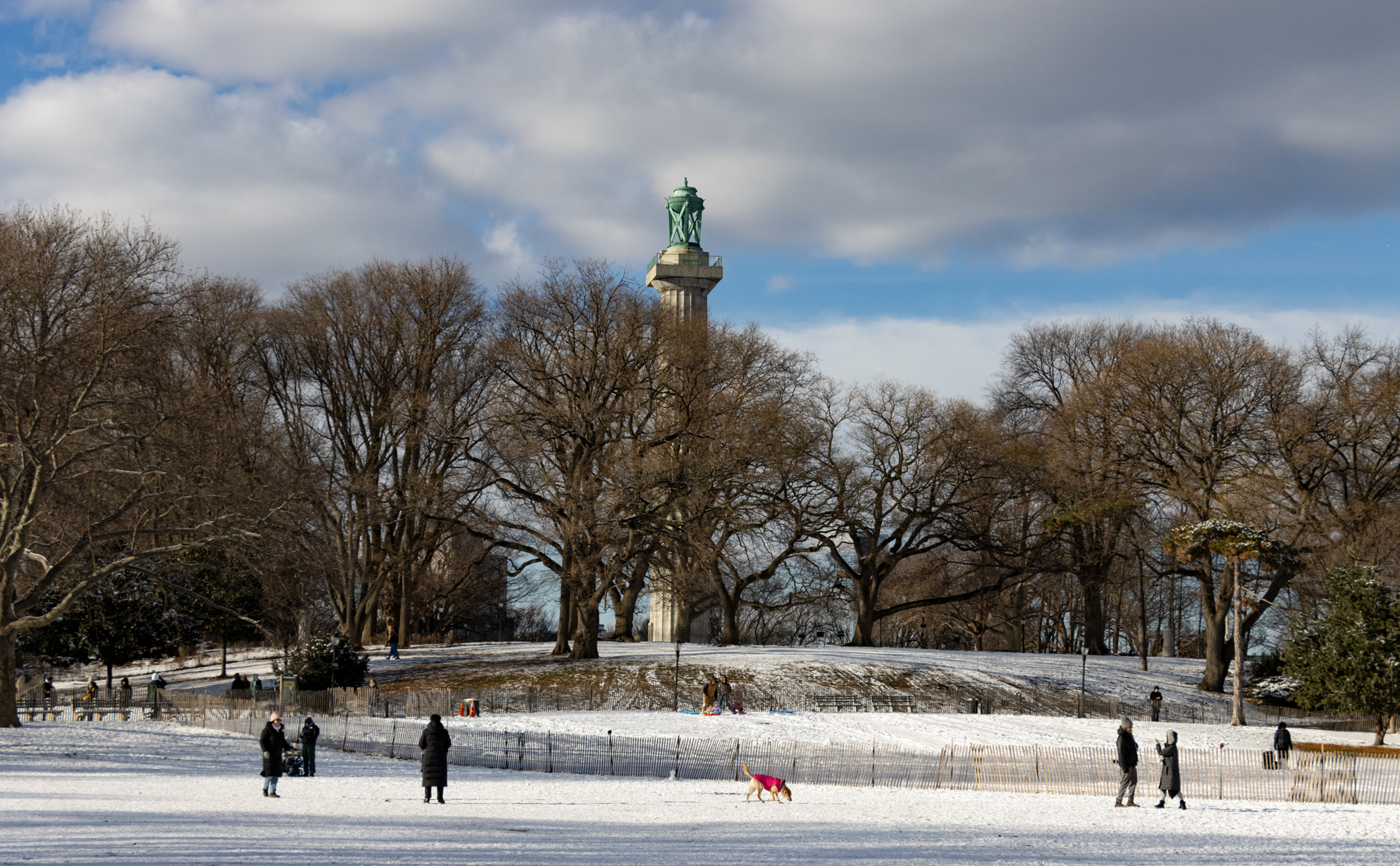
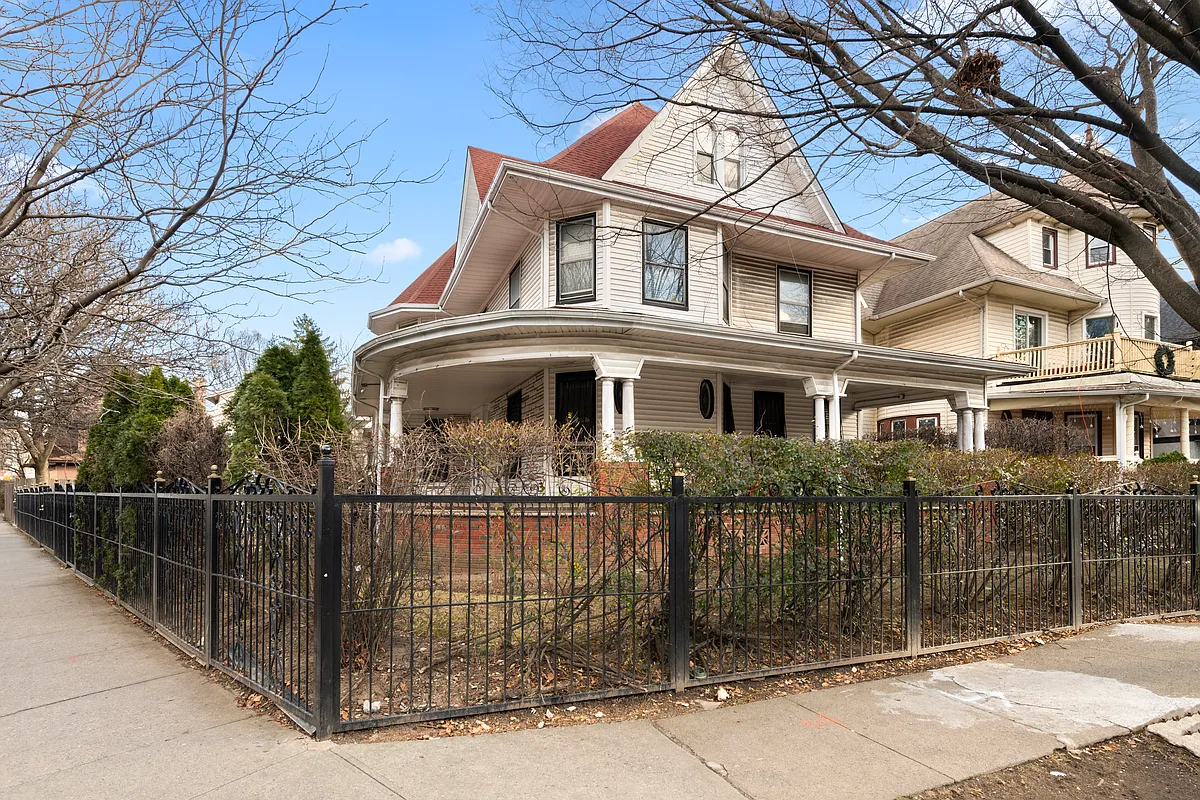
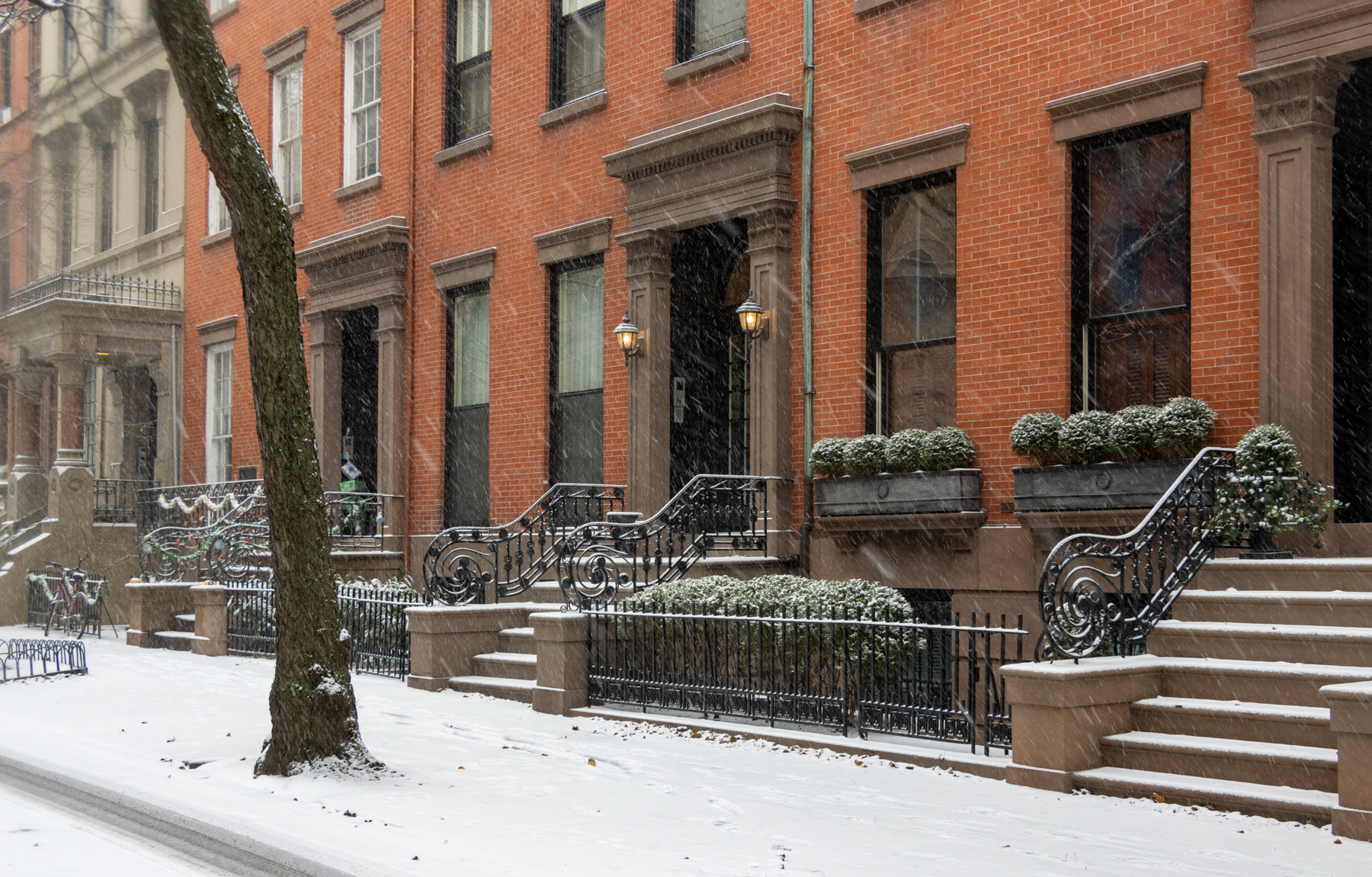




What's Your Take? Leave a Comment